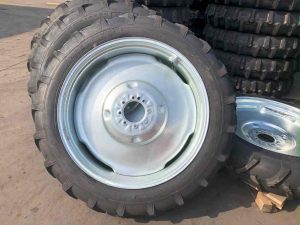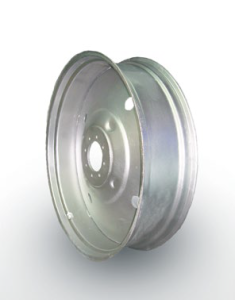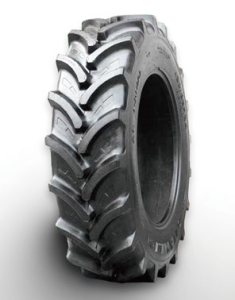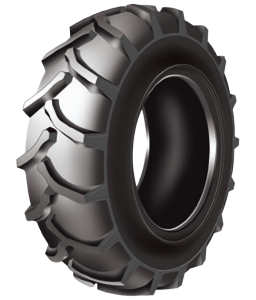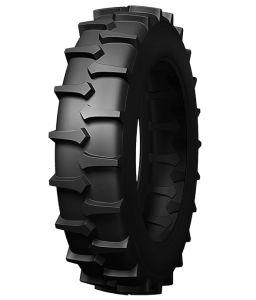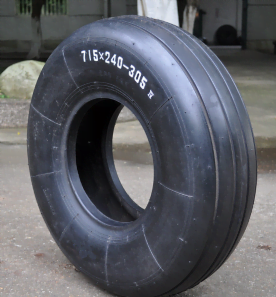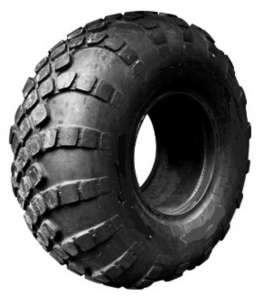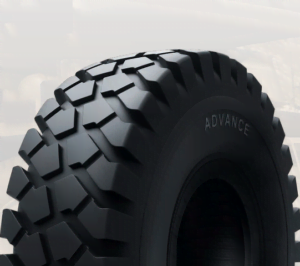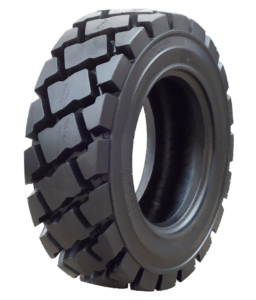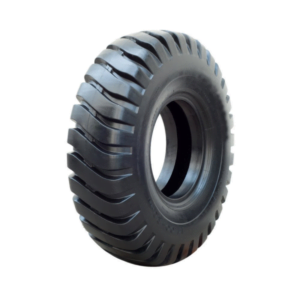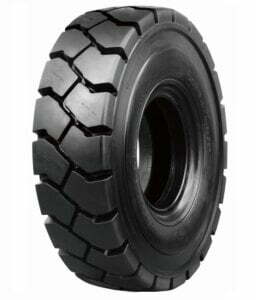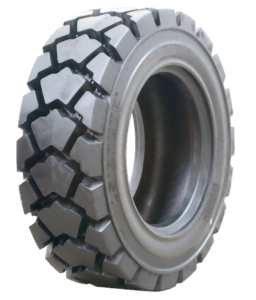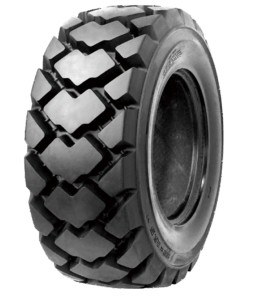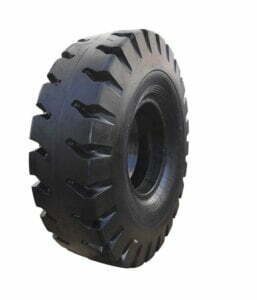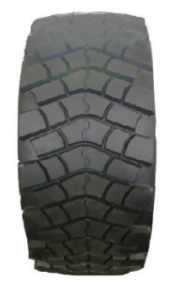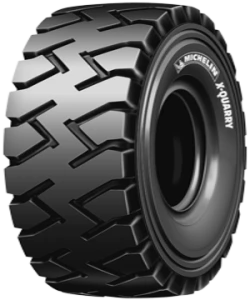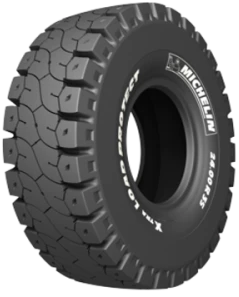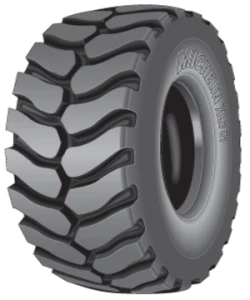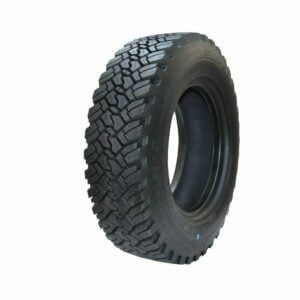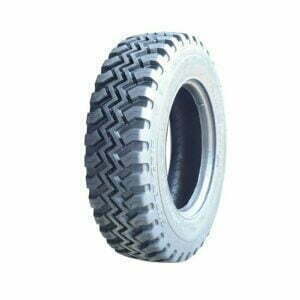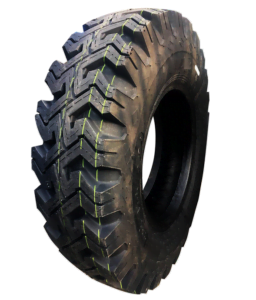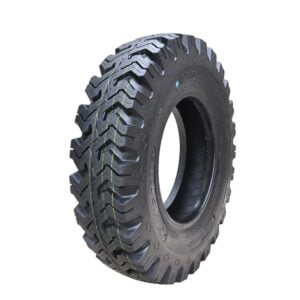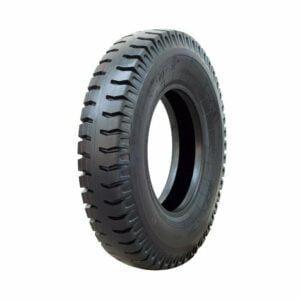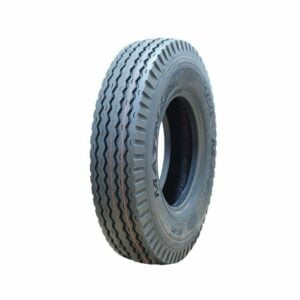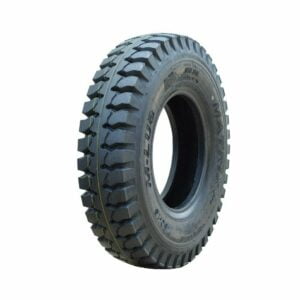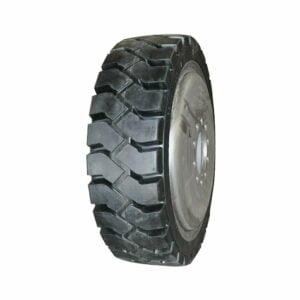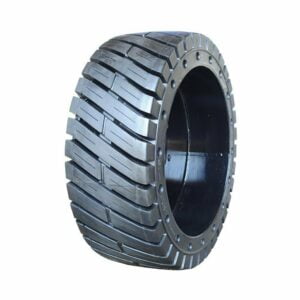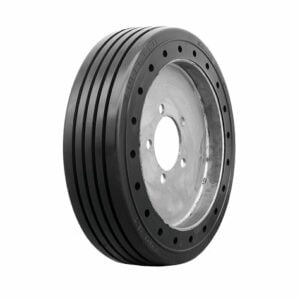Fast facts: New tire checklist
- Check your vehicle documentation for compatible tire types.
- Tire size is defined by width, diameter, and the height-to-width aspect ratio.
- The load index tells you how much load your vehicle is able to support.
- The speed rating tells you the maximum speed the tire is capable of.
- Fit the same model and brand of tire on all four wheel positions.
The performance and handling of your vehicle depend on the tires. After all, tires are the only contact between the car and the road.
So, when it’s time to buy a set of new tires for your vehicle, there are multiple factors you’ll want to take into consideration, including your driving style, budget, and the region where you live.
Key requirements
The first requirement when choosing new tires is that they are compatible with your vehicle. Your owner’s manual and documentation will contain a list of compatible tire types. You can also find the key characteristics of a tire on its sidewall. Look at the tires your car has now and use that as a starting point.
We strongly recommend that a vehicle uses the same tires on each wheel position. This uniformity is decisive to maintaining performance and control.
Tire size is provided as width, diameter, and height-to-width aspect ratio. The width is a three-digit number measuring the number of millimeters from one sidewall to the other (1). The ratio means the percentage between the width of the tire and height of the sidewall (2).
Tires can also vary in construction, indicated by the letter R-radial (3). Until the 1970s, cross-ply tires were the most common; they have a casing made from rubberized cord plies with edges wrapped around the bead wire. In modern car engineering, the radial tire has completely replaced the cross-ply tire. The cords in a radial tire casing run perpendicular to the direction of travel. Viewed from the side, the cords run radially – giving the tire its name.
The diameter, specified in inches, must match the wheel size of your vehicle (4).
The load index represents how much weight a tire can carry. Passenger tires have load indices spanning from 75 to 105. Look up the index to determine the weight, then multiply it by the number of tires to get the total load supported.
The speed rating, denoted as a letter on the sidewall (5), is the maximum speed the tire is capable of. Be aware that tires with a higher maximum speed usually tend to have faster tread wear. The speed rating must be at least as high as the vehicle’s maximum.
The car manufacturer also provides you with information on the ideal tire pressure for optimal operation of the car. Be very careful if operating a tire near its maximum rated pressure; it changes vehicle handling and increases tire wear.
Be sure to check the sidewall for other information like load capacity (6), safety codes and association icons. They tell you whether it’s approved for your country and meets common quality standards.
Optional considerations
Taken together, the key requirements for a tire narrow down your selection. But passenger tires still have many other options. Choosing the right tire for you depends on your driving style and budget.
Are you looking for a quiet, comfortable ride? Tires in this category have a tire tread designed to minimize noise. But the tread rubber may be softer, which increases the rate of wear. Therefore, quiet tires are best suited for paved roads.
Or perhaps you’re looking for tires that offer the best fuel efficiency? These tires have a tread with lower rolling resistance which provides substantially improved fuel mileage.
If you drive on unpaved roads or enjoy some off-roading, tire versatility is essential. An all-terrain tire may be enough. Or you may consider the added sidewall protection of an off-road tire. Many specialty truck tires, such as mud tires, offer added traction for various terrains.
Finally, be aware that different tire types handle differently. Give yourself time to adjust when driving, accelerating, and braking with new tires.

